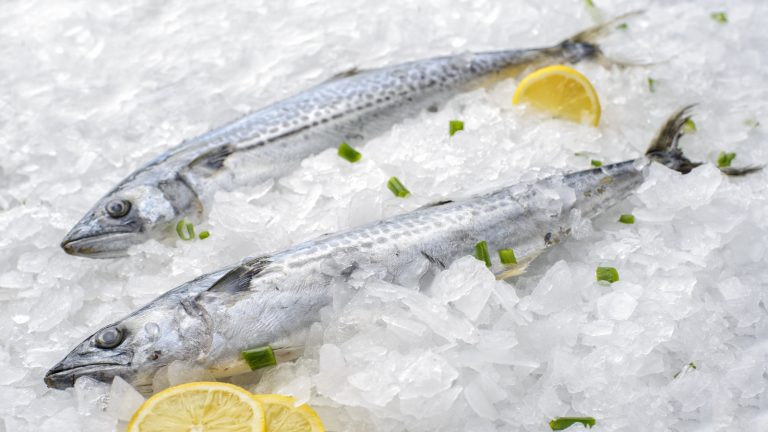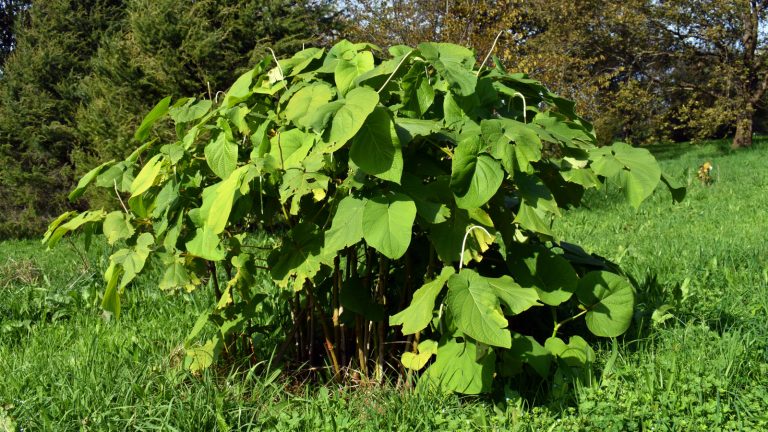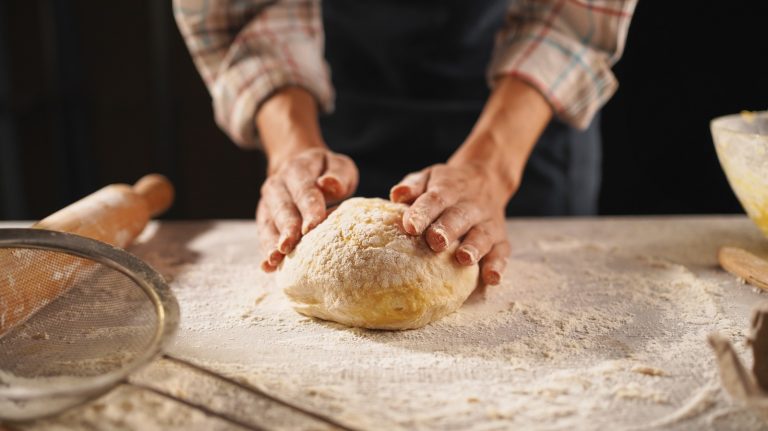Part molasses pie, part crumble, shoofly pie is a Pennsylvania staple. The delicious dessert’s filling is reminiscent of a pecan pie without the pecans (or a rich coffee cake, depending on whether you prefer wet-bottom or dry-bottom shoofly pie — more on that in a moment), and the buttery, brown-sugary crumble is much like what you’d find on top of your favorite coffee cake. Its simple ingredients made it one of the staple desserts of the Great Depression, and the sweet treat continues to be a delicacy throughout Pennsylvania today.
According to food historians, the pie first made its appearance in the Pennsylvania Dutch community in the late 1800s. It appears that shoofly pie is a variation of the treacle tart — “treacle” being the British name for syrup derived from the sugar cane plant (such as molasses and golden syrup). While many believe that the origin of the pie’s name comes from the act of having to “shoo” flies away while preparing the super-sweet filling, it’s likely that the dessert got its name from a slightly less likely source.
The song “Shoo Fly, Don’t Bother Me” was largely popular in the area, and a particularly popular donkey — named Shoofly the Boxing Mule — got his name from the song. Shoofly the Boxing Mule’s popularity was used to brand a wide variety of products, including Shoofly Molasses and Shoofly Pie. The name has stood the test of time, and for many, a trip to Lancaster — the heart of the Pennsylvania Dutch community — isn’t complete without a slice of sweet-and-sticky shoofly pie (with a glass of oddly delicious Pennsylvania-style tree bark-flavored soda).
Wet bottom vs. dry bottom shoofly pie
When you walk into an Amish or other Pennsylvania Dutch bakery for a slice of shoofly pie, it’s likely that you’ll be offered a few different options. Shoofly pie is available in both wet- and dry-bottom varieties, and what’s best is a matter of personal preference. Both versions contain a molasses-based filling, a buttery crust, and a sugar crumb topping.
The difference between the two types of pie comes down to texture. Dry-bottom shoofly pie is similar to coffee cake with the addition of a thin ribbon of molasses along the bottom crust. Wet-bottom shoofly pie is quite different, with a texture similar to a pecan-less pecan pie. Dry-bottom pies tend to have a heavier crumb topping than wet-bottom pies, so you’ll want to stick with the dry-bottom version if the coffee cake-like topping is your favorite part.
If you’re lucky enough to go on a culinary journey through Pennsylvania Dutch country, be sure to try some other unusual desserts, like the tangy-sweet Amish snack, apple butter and cottage cheese. You’ll also want to stop by America’s oldest farmers’ market, located in Lancaster — the heart of the Pennsylvania Amish community.






